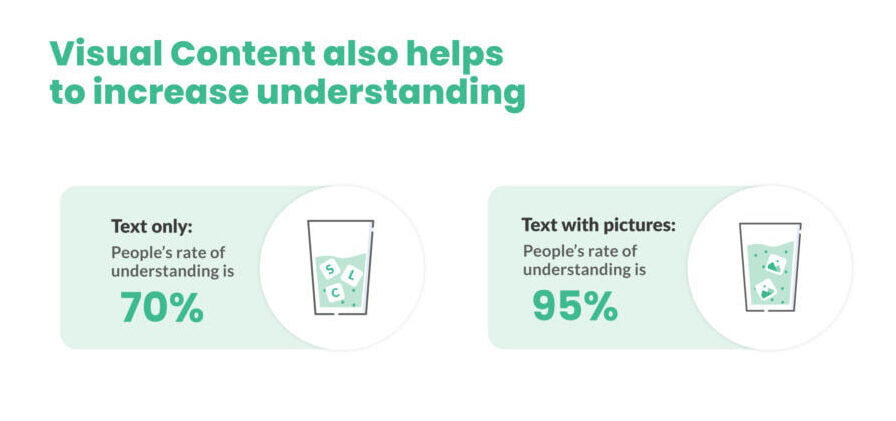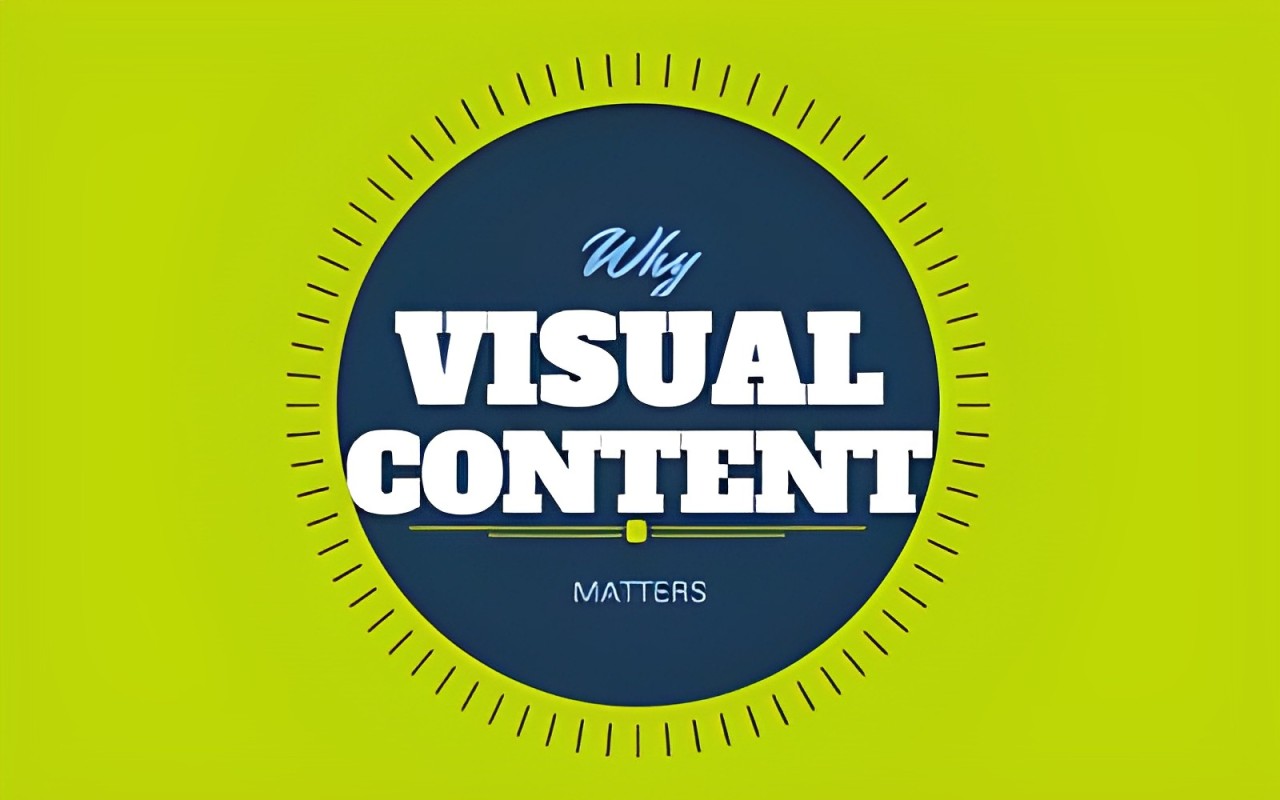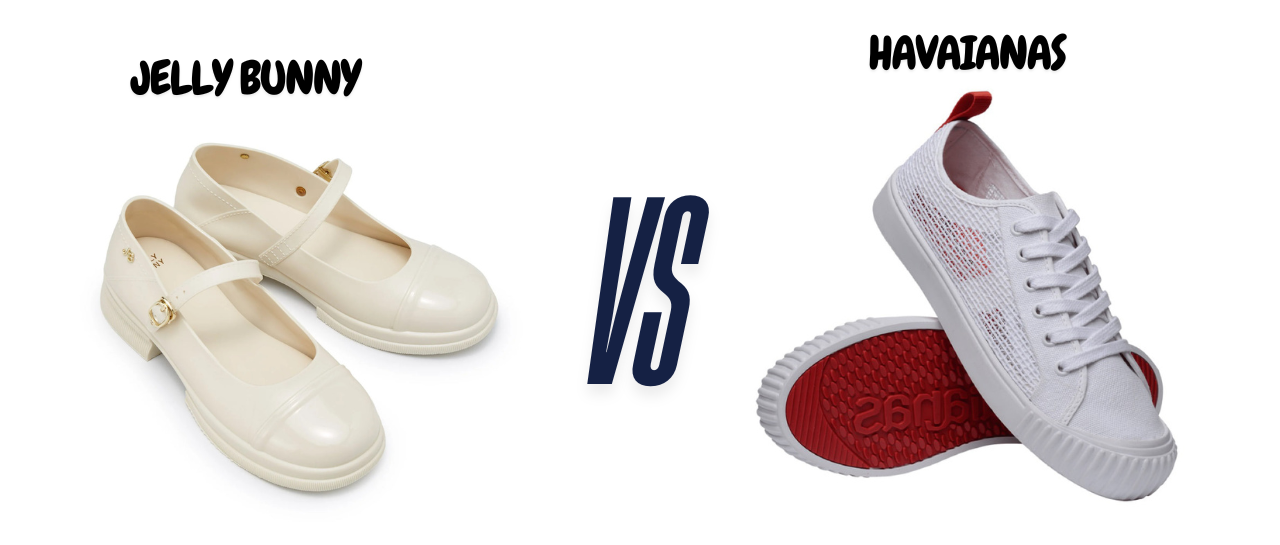As information overload becomes the norm, visual content has emerged as a powerful tool for communication, engagement, and storytelling. Let’s Explore the significance of visual content, its benefits, types, and best practices for effectively integrating visuals into your content strategy.

What is Visual Content?
Visual content refers to any material that conveys information, including images, infographics, videos, charts, illustrations, and even memes. With the rise of social media and digital marketing, visual content has become an essential component of effective communication, helping brands and individuals connect with their audiences on a deeper level. Visual content is not just an aesthetic addition to your communication strategy; it is a vital component that can significantly enhance engagement, comprehension, and retention. By understanding the power of visuals and implementing best practices, you can create compelling content that resonates with your audience, tells your story effectively, and drives results. In a world where a picture is worth a thousand words, leveraging visual content is key to standing out in the digital realm.

Why Visual Content Matters

- Increased Engagement: Visual content tends to attract more attention than text alone. Studies show that posts with images receive significantly higher engagement rates on social media platforms, making visuals a crucial element for capturing interest.
- Enhanced Retention: People process visual information faster than text. According to research, visuals can improve retention by up to 65%. This means that incorporating visuals can help your audience remember key messages and information longer.
- Improved Comprehension: Complex information can often be better understood through visuals. Infographics and diagrams can simplify intricate ideas, making them more accessible to a wider audience.
- Boosted SEO: Search engines favor content that includes images and videos. Properly optimized visual content can enhance your search engine rankings and drive more traffic to your website.
- Emotional Connection: Visuals can evoke emotions more effectively than text, creating a stronger connection with the audience. This emotional resonance can enhance brand loyalty and engagement.
Types of Visual Content
- Images and Photography: High-quality images can illustrate key points, showcase products, and enhance storytelling.
- Infographics: These combine data and visuals to present information succinctly and attractively, making complex data easily digestible.
- Videos: Video content is highly engaging and versatile, allowing for storytelling, tutorials, and demonstrations in dynamic ways.
- Slideshows and Presentations: These can summarize information visually for educational purposes or business pitches, keeping the audience focused and informed.
- Memes and GIFs: Often used in social media, these informal and entertaining formats can boost engagement and shareability.
Practices On Some Kinds Of Visual Content
- Know Your Audience: Understand what types of visuals resonate with your target audience. Tailoring your content to their preferences can enhance engagement.
- Quality Over Quantity: Focus on high-quality visuals that align with your brand’s message and values. Avoid using generic stock photos that may dilute your brand identity.
- Optimize for Platforms: Different social media platforms have varying requirements for image size and format. Tailor your visuals accordingly to maximize impact.
- Use Clear Text: When including text in visuals, ensure it’s legible and complements the overall design. Keep it concise and focused on key messages.
- Include Branding: Subtly incorporate your logo or brand colors into visuals to enhance brand recognition while maintaining an appealing design.
- A/B Testing: Experiment with different types of visuals to see what resonates most with your audience. Analyzing performance metrics can inform future strategies.
- Accessibility Matters: Ensure your visual content is accessible to all users. Include alt text for images and consider color contrast to accommodate individuals with visual impairments.
Recommendation: AB Review







